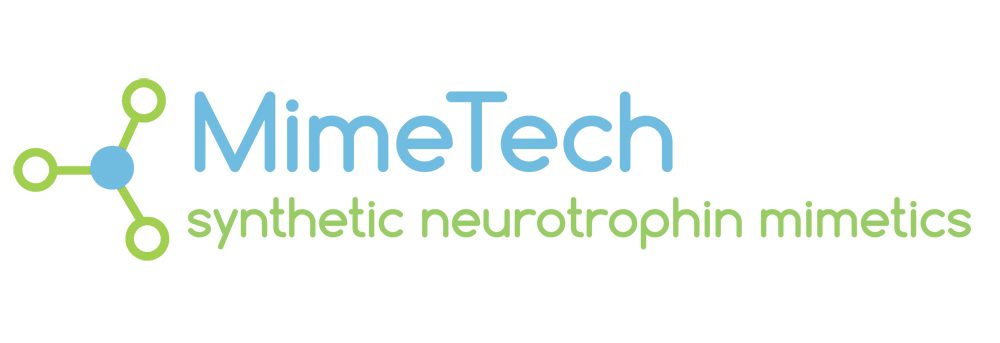Solid organs destined to transplantation undergo ischemic damage as soon as they are explanted and then during their storage period. An additional injure, due to reperfusion, supervenes at the moment of their re-implant in the recipient. This medical field is, therefore, one of the most representative conditions of the Ischemia/Reperfusion (I/R) damage, whose molecular pathogenesis is becoming increasingly clear, involving the diverse biochemical pathways of cell death, both programmed and non-programmed. At the cross-points of those pathways are the Reactive Oxygen Species (ROS) that operationally trigger the cell dismission machinery. The Figure depicts some of the points of interference operated by Udonitrectag, showing the metabolic bases of its strong efficacy in modulating the I/R damage.
In this context, the marked ability of Udonitrectag to attenuate the lesions due to ischemia/reperfusion indicates that its inclusion in the procedure of transplantation would yield an overall higher quality of organs at a parity of storage times or a longer storage time at a parity of organ quality, a pharmacologic aim so far unprecedented.


